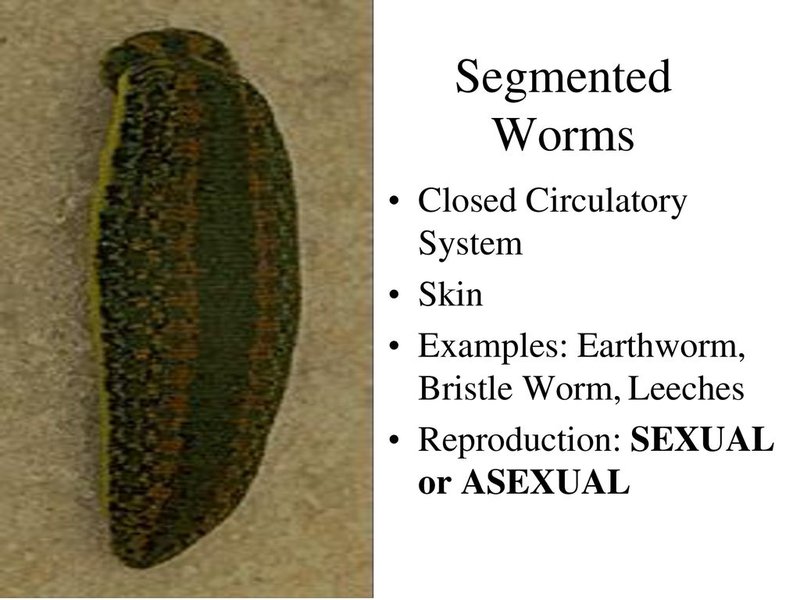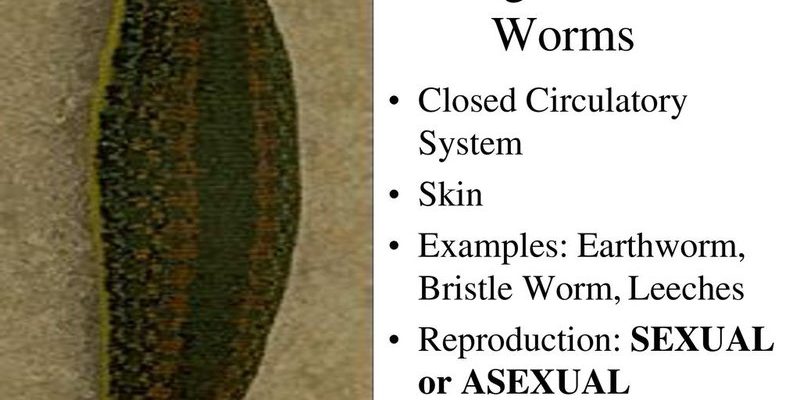
Bobbit worms can reproduce through **sexual reproduction**, where they mate with another worm, and through **asexual reproduction**, which allows them to create offspring on their own. Understanding the intricacies of how bobbit worms reproduce helps us appreciate their role in marine ecosystems and the wonders of evolution. So, let’s dive deeper into this undersea world and explore how these fascinating creatures make more of themselves!
What Are Bobbit Worms?
Before we get into the nitty-gritty of their reproduction, let’s take a moment to understand what bobbit worms are. These marine creatures, also known as *Eunice aphroditois*, can grow up to 10 feet long! Yes, you read that right—10 feet! They have long, segmented bodies and are often found buried in the sand or mud at the ocean floor. You might think of them as the hidden ninjas of the sea, waiting patiently to ambush their prey with lightning-fast movements.
Their colorful bristles can be quite a sight, ranging from bright greens to deep reds. These colors aren’t just for show, though; they help the worm blend in with its environment to avoid detection from predators. But that’s not why we’re here. We’re here to learn about how they reproduce!
Sexual Reproduction in Bobbit Worms
Now, let’s talk about **sexual reproduction**. Like many animals, bobbit worms have a mating season, which is influenced by environmental factors, such as water temperature and food availability. When the time is right, males and females enter a kind of underwater dance.
You might be wondering how they tell each other apart. Bobbit worms have special **sex organs**—females carry eggs, while males produce sperm. During mating, the male worm releases sperm into the water. If a female is nearby, she can absorb the sperm through her body. It’s like a natural game of catch—only instead of throwing a ball, they’re tossing around reproductive cells in the ocean!
Once fertilization occurs, females lay their eggs in a protective cocoon, often hidden within the sand. After a few weeks, tiny larvae emerge, ready to start their journey in the vast ocean. This process shows how interconnected life is in the sea, as tiny larvae will need to find food and shelter to survive.
Asexual Reproduction: The Lone Method
Now, here’s where things get really interesting. Bobbit worms can also reproduce **asexually**. This means they can create new worms without needing a mate. You might be thinking, “How does that work?” Well, let me explain.
Asexual reproduction in bobbit worms usually happens through a process called **budding**. This is similar to how some plants grow new shoots. A part of the bobbit worm’s body can break off and grow into a completely new individual. It’s like if you could chop off your finger and it would grow into a whole new you!
This method is particularly useful in stable environments where conditions are good. If food is plentiful, using asexual reproduction allows bobbit worms to multiply quickly. Imagine a buffet where everyone eats until they’re full, and rather than waiting for a partner, they just start making more servings of themselves!
Advantages of Sexual vs. Asexual Reproduction
So, why does it matter whether a species reproduces sexually or asexually? Each method has its own set of benefits.
**Sexual reproduction** brings genetic diversity. When bobbit worms mate, the offspring receive a mix of genes from both parents. This diversity can lead to stronger populations that adapt better to changing environments. Think of it like a deck of cards; the more unique cards you have, the better your chances in a game.
On the other hand, **asexual reproduction** is like having a cheat code for survival. If conditions are stable and there are no significant threats, asexually reproducing allows a worm to quickly populate an area. This can lead to rapid increases in numbers, ensuring that their species remains present even during tough times.
Implications for Ecosystems
Understanding how bobbit worms reproduce is not just fascinating; it also has broader implications for marine ecosystems. Bobbit worms play a crucial role in the ocean food web. They’re carnivorous, preying on fish and other small marine animals, making them important players in controlling populations of these creatures.
When bobbit worms reproduce successfully, they can increase their numbers, which can lead to greater predation pressure on smaller fish. This can impact the health of fish populations and the overall balance of the ecosystem. It’s a reminder of how interconnected life is under the sea and how the reproductive strategies of one species can ripple through the environment.
Bobbit worms may not be the first creatures that come to mind when you think of ocean life, but they offer incredible insights into the wonders of reproduction. From their ability to reproduce both sexually and asexually, it’s clear that nature has equipped them with tools to survive in different conditions.
So next time you’re watching a nature documentary or reading about marine life, remember the bobbit worm and its impressive reproductive strategies. These fascinating creatures remind us of the complexity of life in the oceans and the many ways species adapt to thrive. Whether they’re dancing in the water with a partner or multiplying solo, bobbit worms sure know how to keep their lineage alive!

